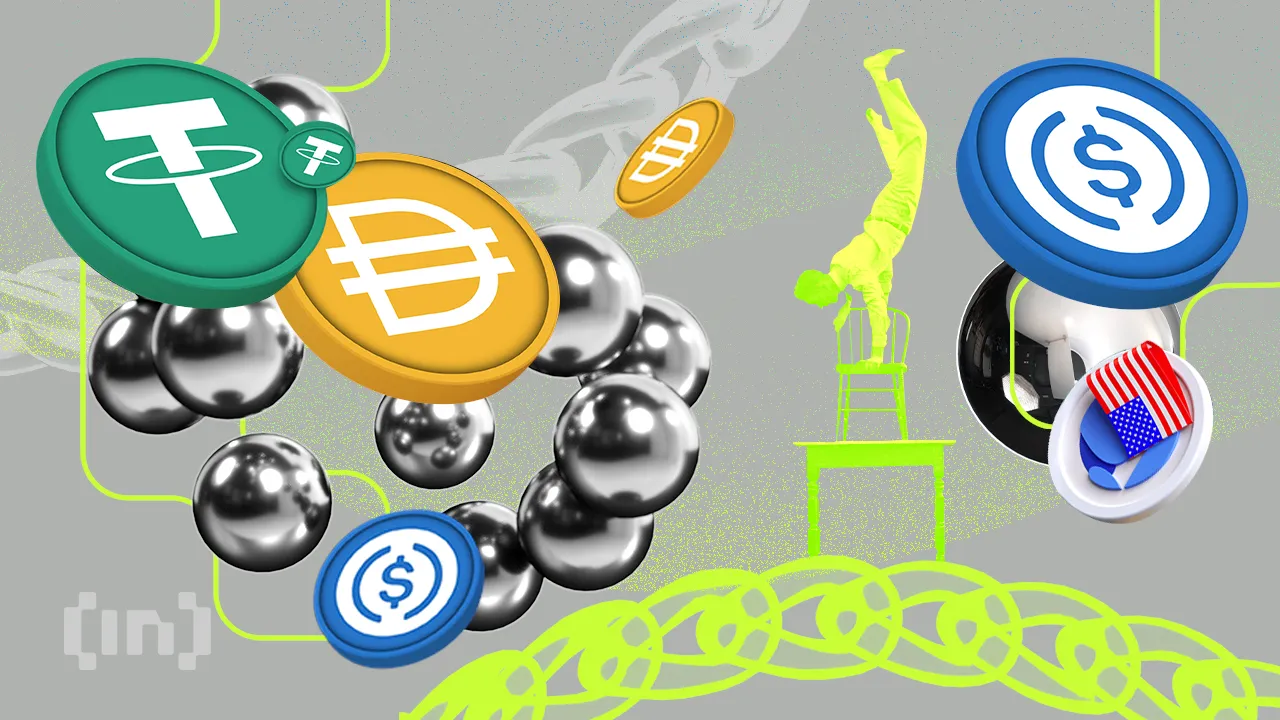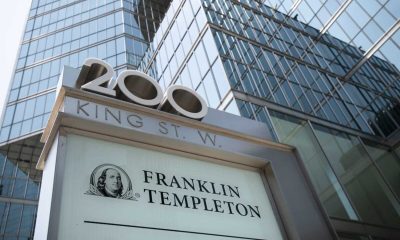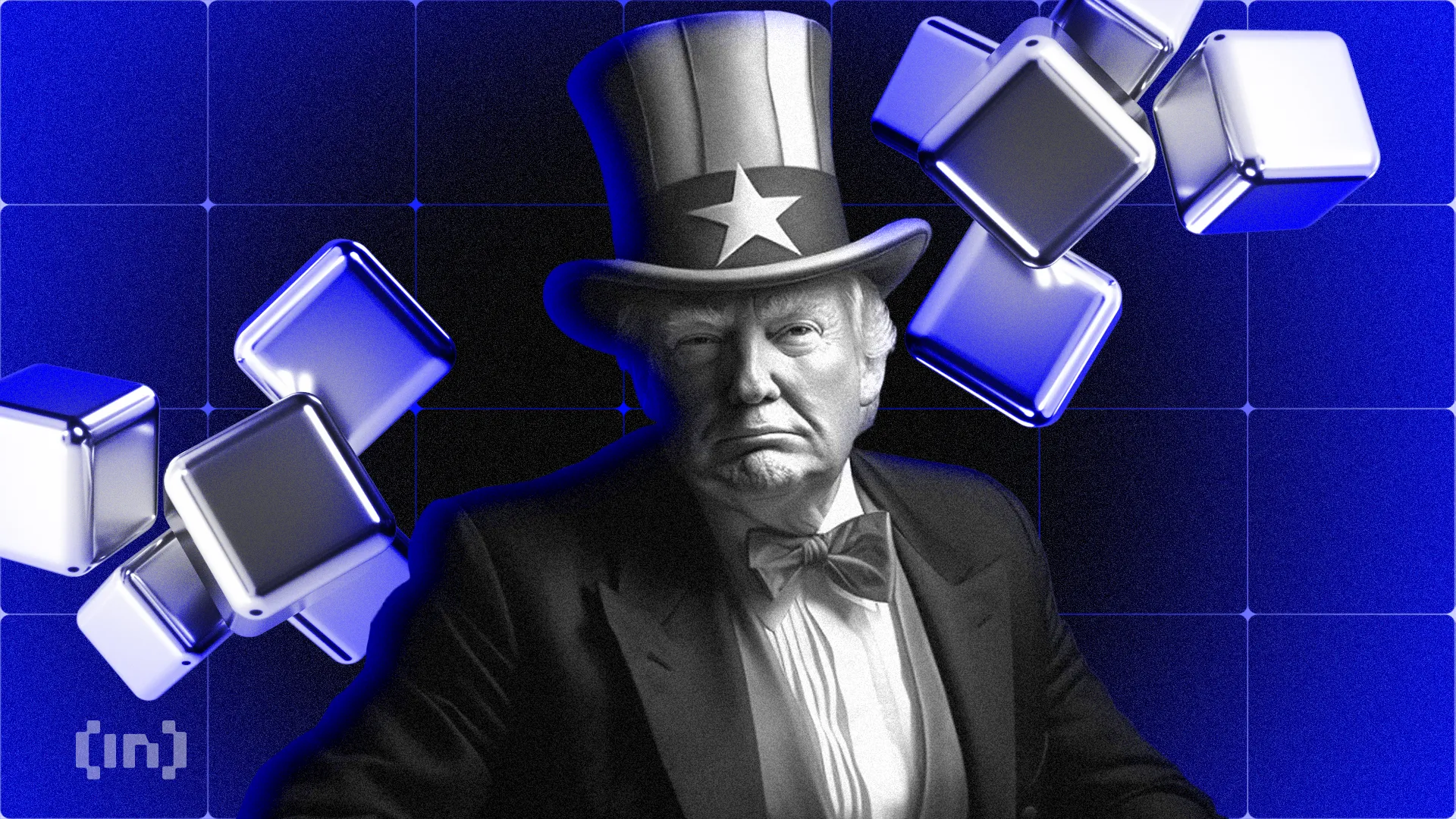Market
Colombia Eyes Digital Assets Regulation Law
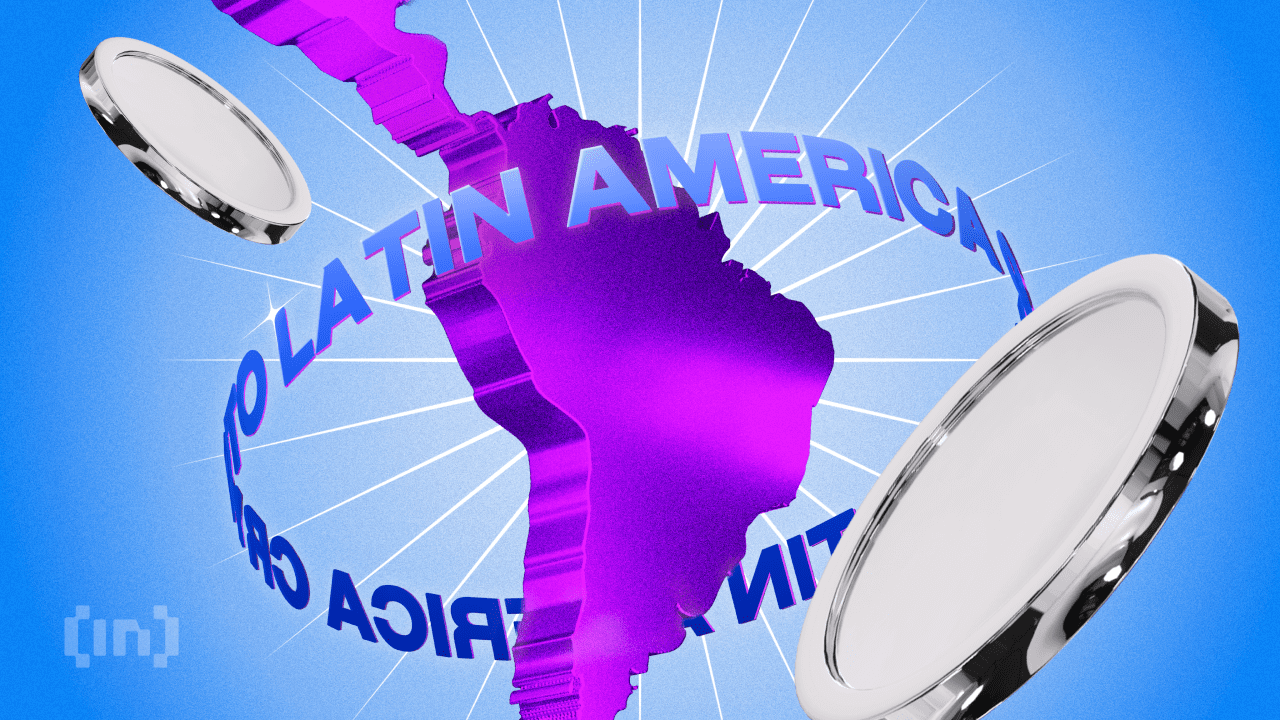
BeInCrypto comprehensive Latam Crypto Roundup brings Latin America’s most important news and trends. With reporters in Brazil, Mexico, Argentina, and more, we cover the latest updates and insights from the region’s crypto scene.
This week’s roundup includes stories on El Salvador’s plans to strengthen trade relations with Russia using Bitcoin, Binance’s survey of Latin American customers, Colombia’s efforts to develop a clear regulatory framework, and more.
Latam Investors Plan to Buy More Crypto, Says Binance
A Binance survey reveals that nearly all Latam investors intend to increase their crypto holdings in the coming year. The study interviewed around 10,000 Binance customers from Argentina, Brazil, Colombia, and Mexico. The participants, who had varying levels of investment, provided insights into their behavior and outlook on the crypto market.
According to Binance, 95% of surveyed customers plan to boost their cryptocurrency investments in the next 12 months. Of these, 42.2% expect to make purchases within the next three months, 17% within six months, and 35.7% within the year.
The research also highlighted the buying habits of investors. More than 54% purchase cryptocurrencies at least once a month. Notably, 6.6% buy more than once a day, 4.6% buy daily, 15.4% buy weekly, and 27.8% buy monthly.
When deciding which cryptocurrencies to buy, a third of the customers base their decisions on market conditions. Additionally, over 50% of the participants have been investing in cryptocurrencies for more than a year.
Read more: Best Crypto To Buy Now: Top Coins To Keep an Eye on in August 2024
The survey also explored the reasons behind their investments. Approximately 20.3% cited prospects of high profitability, 15.2% mentioned financial freedom, while 13.3% were motivated by money protection. Other reasons included innovation (12.5%), portfolio diversification (10.9%), and security and privacy (10.3%).
“Cryptocurrencies and blockchain technology offer an attractive proposition to meet concrete needs in the day-to-day lives of individuals and businesses in Latin America. With a smartphone and minimal requirements, anyone can begin to explore this world that offers lower access, costs, and transaction times. This research not only helps us to expose the current state of cryptocurrency adoption in the region but also allows us to provide insights into user behavior and expectations,” Guilherme Nazar, Binance’s regional vice president for Latin America, commented.
Worldcoin Executive Reveals Operations Without License in Ecuador
The Data Protection Superintendence of Ecuador denies receiving formal notification about Worldcoin’s operations, despite claims from Martin Mazza, regional manager for Latin America of Tools for Humanity (TFH).
For over a month, citizens in Guayaquil and Quito have had their irises scanned in exchange for cryptocurrencies via a mobile app. Users, often unaware of the terms and purposes of their biometric data usage, have received over $24 in crypto.
This raises concerns about compliance with personal data protection regulations. Fabrizio Peralta Díaz, Superintendent of Data Protection, noted the institution’s lack of resources for effective supervision, adding that he is the only official available for these duties. Peralta confirmed that contact with Worldcoin was limited to a briefing on June 17, 2024, not an official notification or request for authorization.
Read more: What Is Worldcoin? A Guide to the Iris-Scanning Crypto Project
Mazza claimed Worldcoin operates in Ecuador under a franchise model, without needing a local branch, and complies with applicable regulations, thus requiring no specific license. He stated that users can access information about the service at location centers.
The superintendence warned that if personal data processing irregularities are found, corrective measures could include ceasing data processing, as per Article 65 of the Organic Law on Personal Data Protection. However, Peralta emphasized that implementing these measures requires a technical report and due process, which are limited by the institution’s financial and human resource constraints.
JusToken Enters Brazil and Argentina
JusToken, a new global tokenization infrastructure company, is entering the real-world asset (RWA) space in Brazil and Argentina. The company aims to provide solutions in collaboration with various sector companies.
“Tokenization allows us to connect the real world with the digital world, creating a new universe of possibilities,” said JusToken’s CEO and co-founder, Eduardo Novillo Astrada. “To achieve this, a solid, scalable, and proven infrastructure that can adapt to diverse needs is essential. Justoken was born to tokenize, empower, and expand businesses. We offer solutions tailored to each industry’s needs, powered by blockchain, which gives us transparency, agility, speed, and security.”
Read more: How To Invest in Real-World Crypto Assets (RWA)?
JusToken comprises several firms, including Agrotoken, which tokenizes agricultural products; Landtoken, a farmland tokenization platform; Pectoken, a livestock tokenization platform; Enertoken, a global energy tokenization platform; and SAYKY, which offers carbon-based and ESG solutions.
The company’s goal is to convert physical assets into digital assets with liquidity and security through blockchain.
Chilean Congressman Investigated for Holding Millions in Cryptocurrency
Amid the investigation into an alleged mega-fraud involving former Maipú mayor Cathy Barriga, a new controversy has surfaced concerning her husband, Congressman Joaquín Lavín León.
Between 2018 and 2021, Lavín reportedly invested over $48 million in cryptocurrencies through the Buda.com platform. The substantial volume of these investments caught the attention of authorities, especially after the platform requested information on the origin of the funds. Lavín’s failure to respond led to the temporary blocking of his account.
Cathy Barriga’s lawyer, Cristóbal Bonacic, has defended the legitimacy of these investments, asserting that all the money in question comes from Lavín’s legitimate income. Bonacic explained that Lavín’s lack of response to the source of funds request was due to him no longer making investments on Buda.com, not due to any lack of clarity about the funds.
Read more: Complete Guide to Filing Cryptocurrency Taxes in 2024
Suspicion also surrounds a $12,600 transaction made in September 2018 by Vicente González, Barriga’s eldest son. Vicente, who was 19 at the time, made the transaction from his Buda.com account before he began his relationship with the Internal Revenue Service.
Neither Cathy Barriga nor Joaquín Lavín have made additional statements. Bonacic concluded that there is no objection to the Public Prosecutor’s Office investigating thoroughly, maintaining that there has been no irregular or illegal action in the context of these investments.
El Salvador Willing to Pay Russia in Bitcoin for Bilateral Business
El Salvador, having already legalized Bitcoin as legal tender, is now prepared to use cryptocurrencies for trade with Russia. Alexander Ilyukhin, first secretary of the Russian Embassy in Nicaragua and head of the branch in El Salvador, announced this during an interview with local media outlet Izvestia.
Given that El Salvador’s official currency is the US dollar, Ilyukhin mentioned that the country faces challenges with payments. To address these issues, El Salvador proposes that Russia adopt cryptocurrencies for transactions.
This initiative symbolizes a move toward alternative international payment methods amid sanctions and restrictions. However, the practical benefits of such declarations are often negligible, even if implemented.
Read more: Who Owns the Most Bitcoin in 2024?
In recent years, El Salvador and Russia have been strengthening trade relations. At the St. Petersburg International Economic Forum, El Salvador’s Vice President Felix Uyoa confirmed a commitment to expand trade ties with Russia, especially with innovation-driven companies. Russian Foreign Minister Sergei Lavrov also noted the potential for increased trade, emphasizing the need for direct contacts between the business communities of both countries.
Despite these efforts, current trade volumes between the nations are minimal. In the fourth quarter of 2023, Russia exported goods worth approximately $1 million to El Salvador, while imports from El Salvador did not exceed $20,000. El Salvador mainly exports coffee and its substitutes to Russia, while Russia supplies fertilizers and machinery to El Salvador.
Google and Itaú Brazil Integrate Central Bank Digital Payments
On July 30, Google announced the integration of Pix, Brazil’s instant payment system, into its digital wallet. This new feature aims to simplify transactions, allowing users to make payments and transfers quickly and securely without needing to open their bank’s app.
To enable this integration, Google obtained a specific payment indicator license from the Central Bank. Users can now add their Pix keys to Google Wallet, making payments at merchants and online stores that accept Pix. Additionally, they can send and receive money from friends and family instantly, 24/7.
Google Pay, the tech giant’s platform for online and contactless payments, will ensure transaction security with encryption and two-factor authentication. Google highlights that Pix in Google Wallet offers a convenient way to make payments without cash or cards.
Read more: Crypto vs. Banking: Which Is a Smarter Choice?

The functionality will launch gradually, initially available only to C6 Bank and PicPay customers. Elisa Jóia, Google’s head of payments operations for Latin America, stated that this first stage aims to test the functionality and gather user feedback.
“The idea is to do a small launch, so we can understand what the user feedback will be like, to ensure as much security as possible,” Jóia said.
Integrating Pix into Google Wallet will create a fully digital wallet, offering users the choice between credit, debit, and Pix. With the popularity of Google’s digital wallet and Pix’s wide acceptance, this new feature has the potential to drive financial inclusion and simplify transactions for millions of Brazilians.
Colombian Banks and Regulators Consider Cryptocurrency Law
Colombia is positioning itself as a leader in crypto adoption in Latam but faces significant regulatory challenges concerning cryptocurrencies and digital assets. To address these issues, banking entities are pushing for regulations that would make the Colombian Financial Superintendency’s Sandbox more practical and extensive.
Despite the absence of a clear regulatory framework, local media such as Portafolio report that Colombian financial institutions are advancing in their integration of cryptocurrencies. Bancolombia, Davivienda, and Itaú have begun to develop their own exchange platforms despite regulatory uncertainties. For instance, Bancolombia has launched Wenia, a platform designed to facilitate cryptocurrency transactions, backed by a stablecoin pegged to the Colombian peso.
Davivienda has demonstrated its technological capabilities and is awaiting a more mature regulatory environment to fully enter the crypto market. However, these initiatives face the obstacle of an unstable regulatory framework. The recent LaArenera ‘sandbox’ stage, created by the Superintendencia Financiera to test new technologies in a controlled environment, highlighted the limitations of the current regulations.
Read more: Crypto Regulation: What Are the Benefits and Drawbacks?
Although the pilot involved alliances like Banco de Bogotá with Bitso and Davivienda with Binance, progress toward widespread cryptocurrency adoption remains slow.
As the Latam crypto scene grows, these stories highlight the region’s increasing influence in the global market. Stay tuned for more updates and insights in next week’s roundup.
Disclaimer
In adherence to the Trust Project guidelines, BeInCrypto is committed to unbiased, transparent reporting. This news article aims to provide accurate, timely information. However, readers are advised to verify facts independently and consult with a professional before making any decisions based on this content. Please note that our Terms and Conditions, Privacy Policy, and Disclaimers have been updated.
Market
XRP Price Vulnerable To Falling Below $2 After 18% Decline
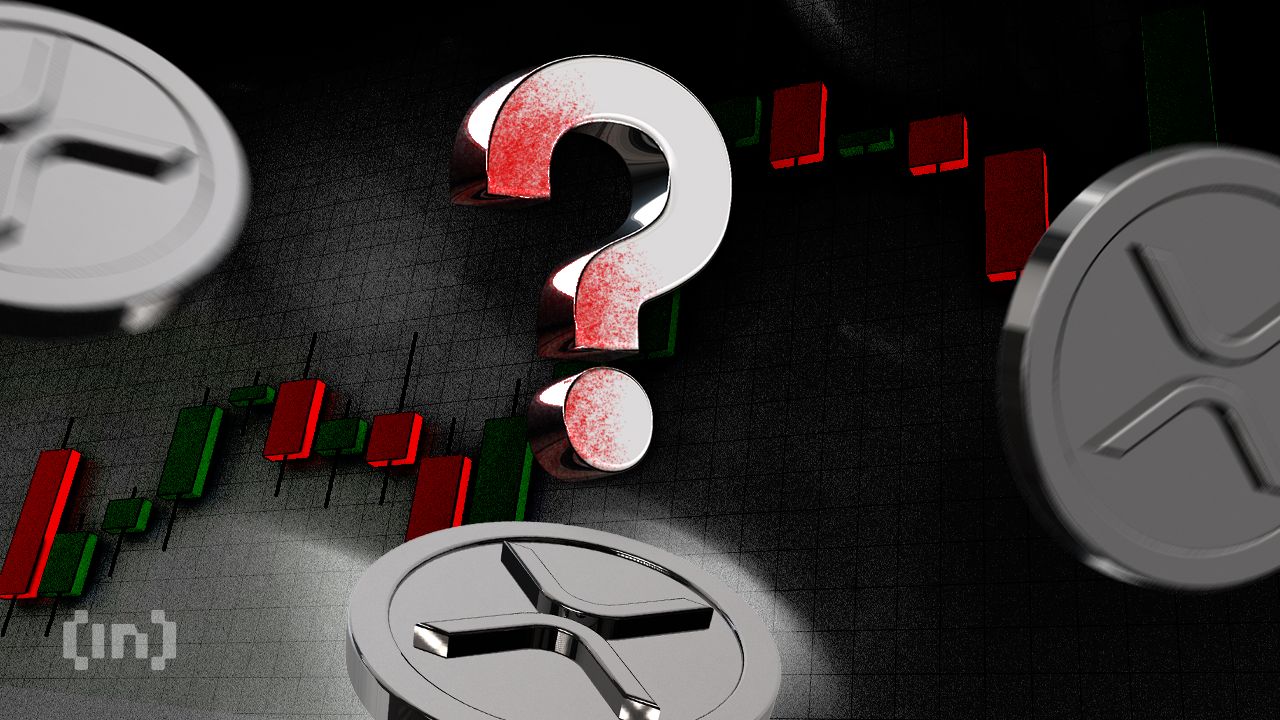
XRP has faced a significant correction in recent weeks, resulting in an 18% decline in the altcoin’s price. As a result, XRP is currently struggling to maintain upward momentum, with investors losing confidence.
This recent slump has raised concerns about the asset’s future, especially as certain XRP holders begin to sell their positions, increasing bearish pressure.
XRP Investors Are Pulling Back
The recent downturn in XRP’s price has triggered a sharp spike in the “Age Consumed” metric. This indicator tracks the movement of coins from long-term holders (LTHs) and has reached its highest level in over four months. The increase suggests that LTHs, who have been holding XRP for extended periods, are now losing patience.
This selling behavior may be driven by the lack of price recovery and the overall weak market conditions that have not improved. These holders appear to be attempting to limit their losses by liquidating their positions, which in turn increases the downward pressure on XRP’s price. This mass selling from LTHs further compounds the challenges for XRP, as their decision to sell is often seen as a sign of waning confidence in the cryptocurrency.
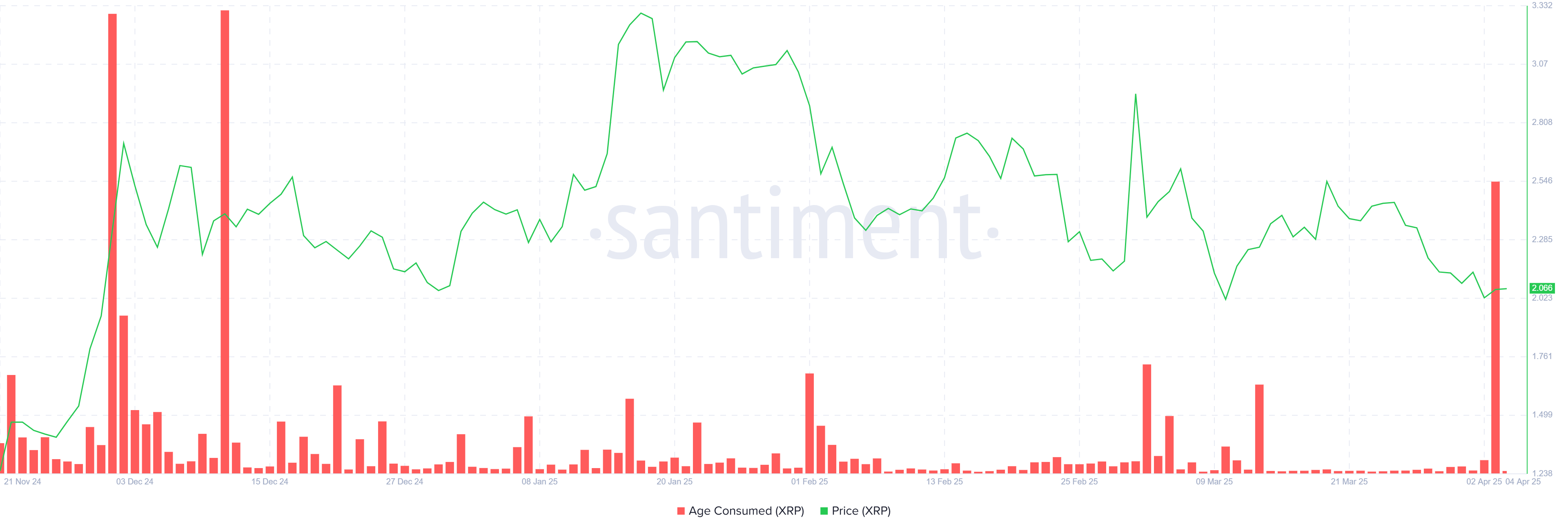
XRP’s market momentum appears to be weakening, as evidenced by the recent decline in the number of new addresses. The metric tracking new addresses has fallen to a five-month low, suggesting that XRP is struggling to attract new investors. This lack of fresh interest signals growing skepticism within the broader market, with potential investors hesitant to buy into an asset that has failed to deliver strong price action.
The drop in new addresses reflects a broader trend of reduced market traction and the lack of conviction from buyers. When combined with the selling pressure from LTHs, it creates a challenging environment for XRP to regain bullish momentum
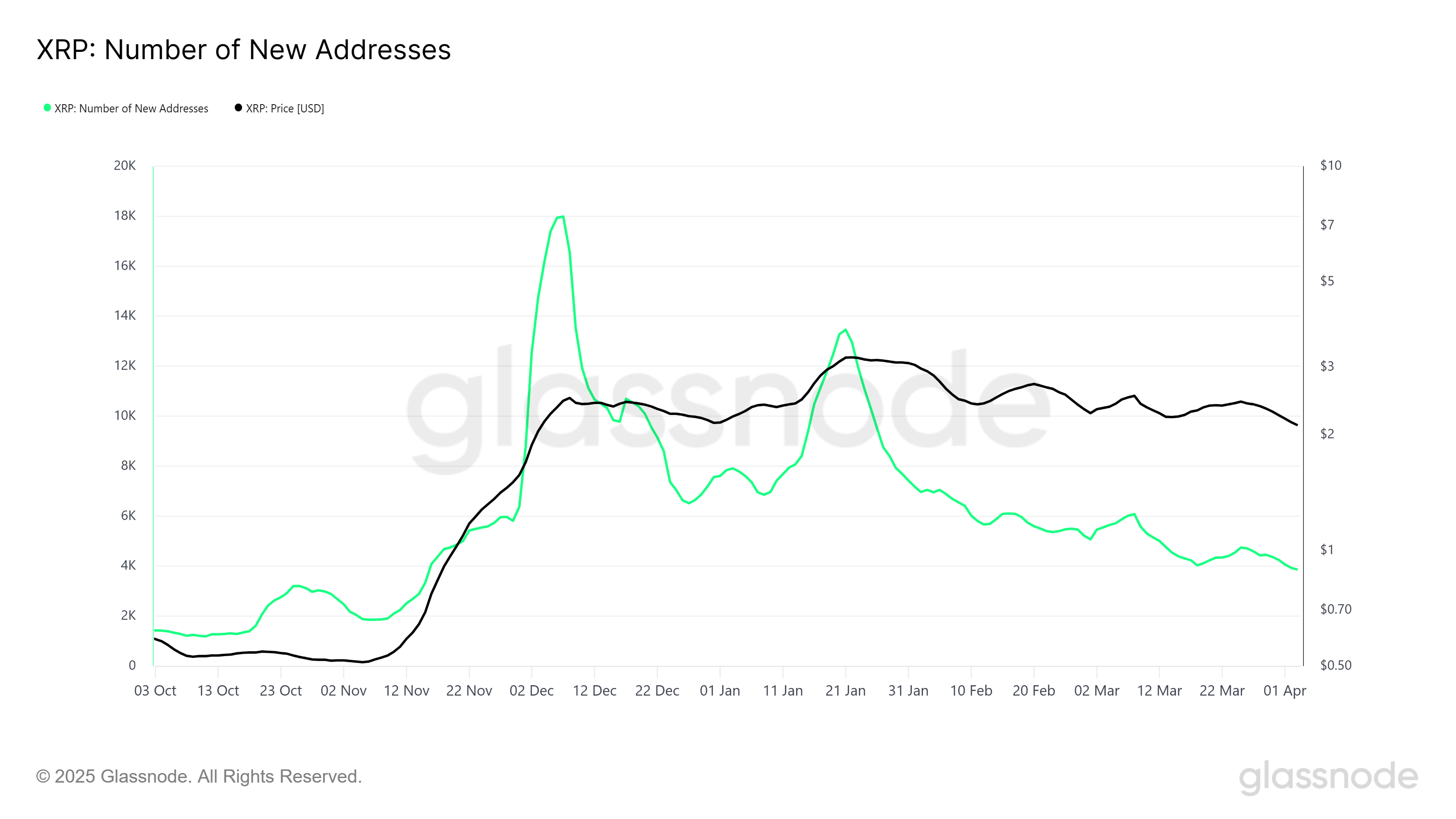
XRP Price Needs A Boost
XRP’s price is currently holding at $2.06, just above the key support level of $2.02. If it manages to stabilize and break through the immediate resistance at $2.14, there could be a potential rebound, taking XRP higher.
However, with the continued weakness in market sentiment and the aforementioned bearish cues, XRP remains vulnerable to further declines. If the support of $2.02 fails, the price could drop further to $1.94, extending the 18% decline noted in the last two weeks.
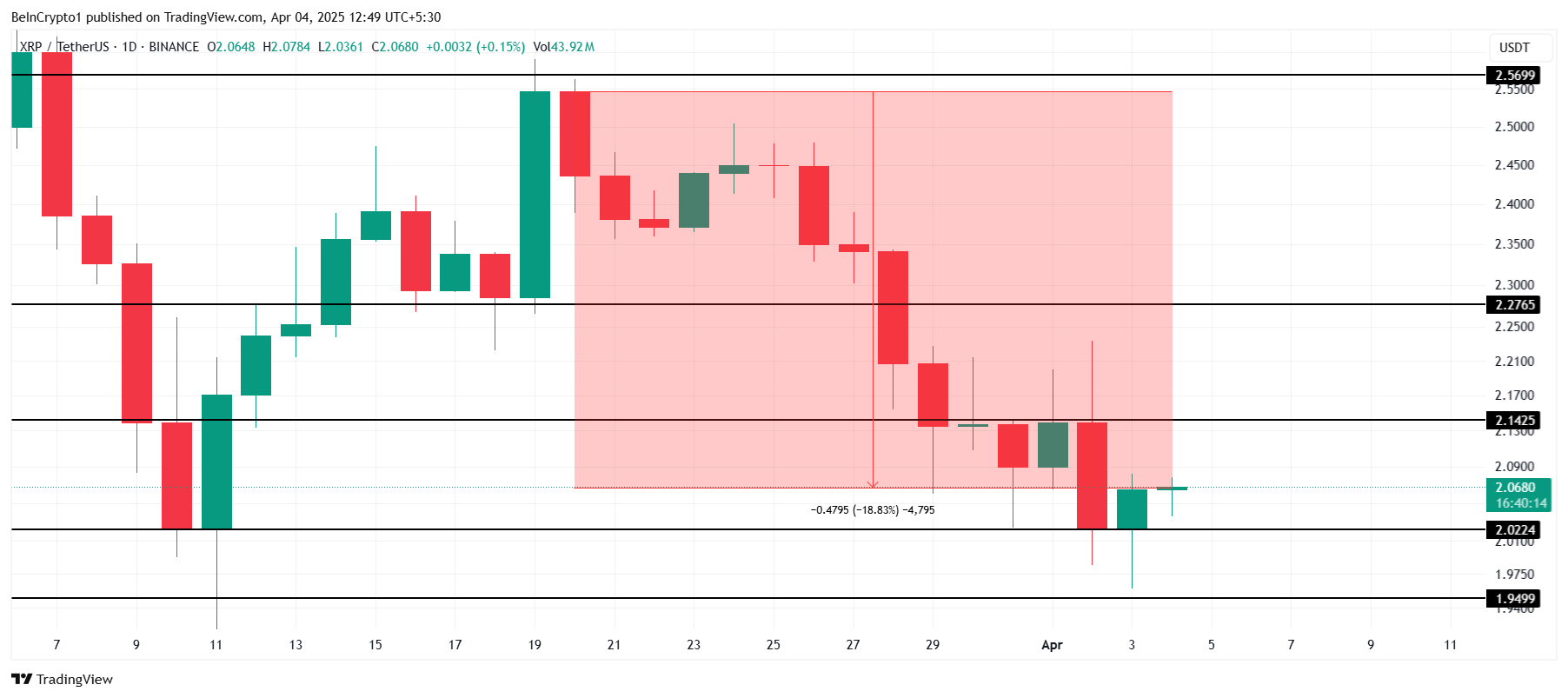
If XRP manages to reclaim the $2.14 level and holds above it, the price could make its way toward $2.27. Breaching this level would invalidate the bearish outlook, signaling a potential recovery and restoring investor confidence in the cryptocurrency.
Disclaimer
In line with the Trust Project guidelines, this price analysis article is for informational purposes only and should not be considered financial or investment advice. BeInCrypto is committed to accurate, unbiased reporting, but market conditions are subject to change without notice. Always conduct your own research and consult with a professional before making any financial decisions. Please note that our Terms and Conditions, Privacy Policy, and Disclaimers have been updated.
Market
HBAR Futures Traders Lead the Charge as Buying Pressure Grows

Hedera Foundation’s recent move to partner with Zoopto for a late-stage bid to acquire TikTok has sparked renewed investor interest in HBAR, driving a fresh wave of demand for the altcoin.
Market participants have grown increasingly bullish, with a notable uptick in long positions signaling growing confidence in HBAR’s future price performance.
HBAR’s Futures Market Sees Bullish Spike
HBAR’s long/short ratio currently sits at a monthly high of 1.08. Over the past 24 hours, its value has climbed by 17%, reflecting the surge in demand for long positions among derivatives traders.

An asset’s long/short ratio compares the proportion of its long positions (bets on price increases) to short ones (bets on price declines) in the market.
When the long/short ratio is above one like this, more traders are holding long positions than short ones, indicating bullish market sentiment. This suggests that HBAR investors expect the asset’s price to rise, a trend that could drive buying activity and cause HBAR’s price to extend its rally.
Further, the token’s Balance of Power (BoP) confirms this bullish outlook. At press time, this bullish indicator, which measures buying and selling pressure, is above zero at 0.25.
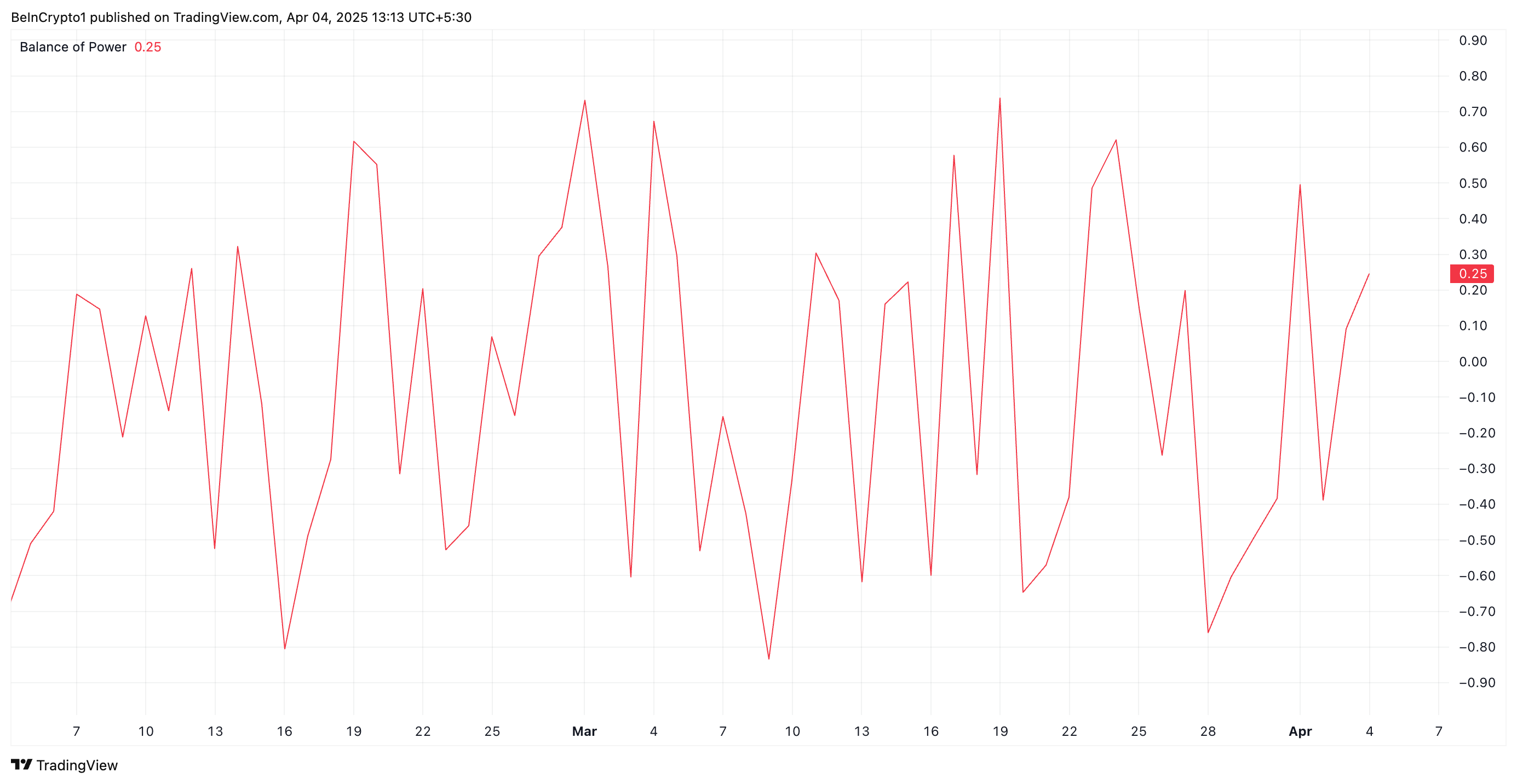
When an asset’s BoP is above zero, buying pressure is stronger than selling pressure, suggesting bullish momentum. This means HBAR buyers dominate price action, and are pushing its value higher.
HBAR Buyers Push Back After Hitting Multi-Month Low
During Thursday’s trading session, HBAR traded briefly at a four-month low of $0.153. However, with strengthening buying pressure, the altcoin appears to be correcting this downward trend.
If HBAR buyers consolidate their control, the token could flip the resistance at $0.169 into a support floor and climb toward $0.247.
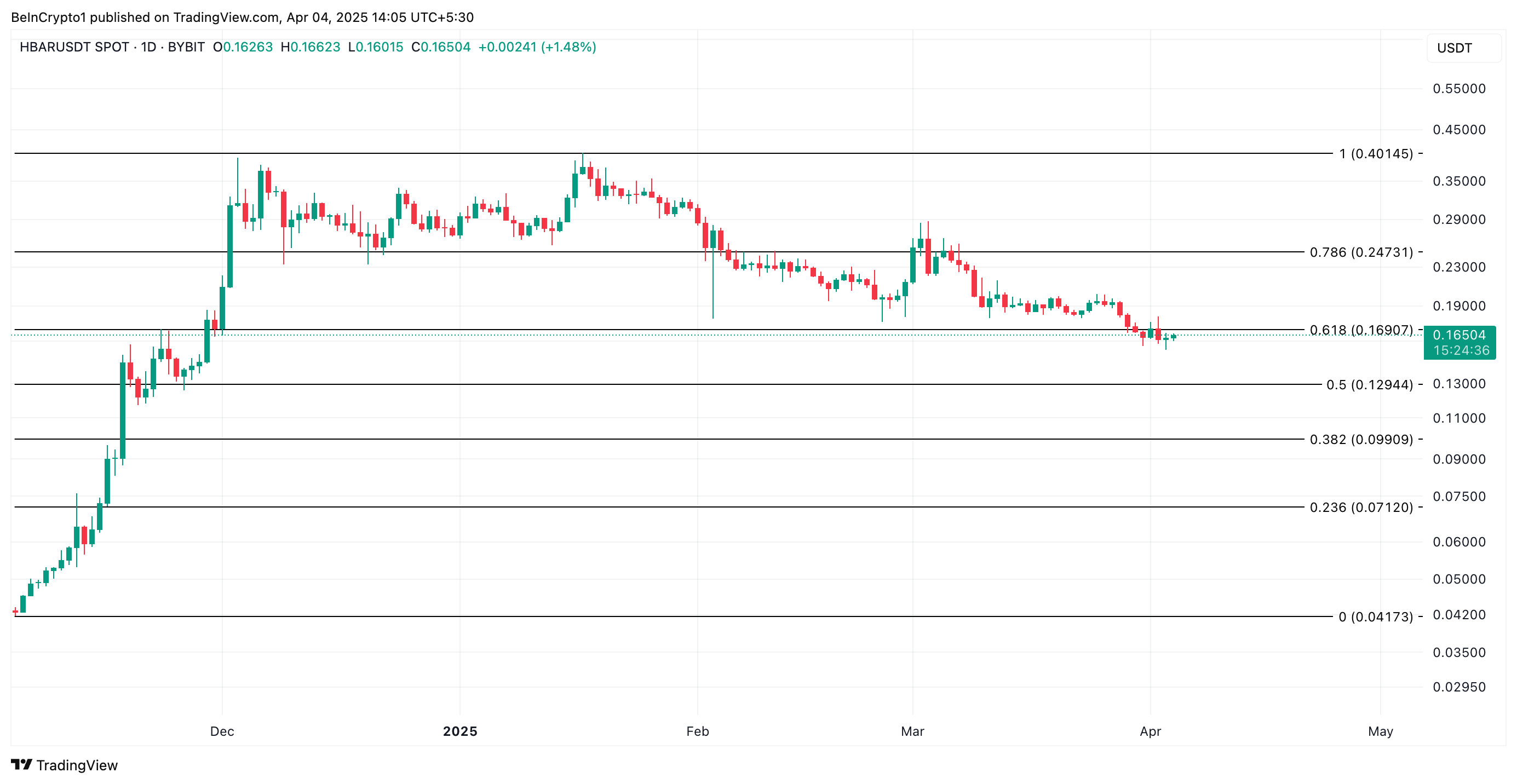
However, a resurgence in profit-taking activity will invalidate this bullish projection. HBAR could resume its decline and fall to $0.129 in that scenario.
Disclaimer
In line with the Trust Project guidelines, this price analysis article is for informational purposes only and should not be considered financial or investment advice. BeInCrypto is committed to accurate, unbiased reporting, but market conditions are subject to change without notice. Always conduct your own research and consult with a professional before making any financial decisions. Please note that our Terms and Conditions, Privacy Policy, and Disclaimers have been updated.
Market
Bitcoin is Far From a Bear Market But not Altcoins, Analysts Claim

Welcome to the US Morning Crypto Briefing—your essential rundown of the most important developments in crypto for the day ahead.
Grab a coffee to see how Bitcoin is holding firm above $79,000 despite a sharp equities sell-off. Markets are bracing for the March NFP report and rising recession risks. With Fed rate cuts on the table and ETF inflows staying strong, all eyes are on what’s next for macro and crypto markets.
Is Bitcoin in a Bear Market?
The highly anticipated March U.S. non-farm payrolls (NFP) report is due later today, and it’s expected to play a key role in shaping market sentiment heading into the weekend.
“With the key macro risk event now behind us, attention turns to tonight’s non-farm payroll report. Investors are bracing for signs of softness in the U.S. labour market. A weaker-than-expected print would bolster the case for further Fed rate cuts this year, as policymakers attempt to cushion a decelerating economy. At the time of writing, markets are pricing in four rate cuts in 2025—0.25 bps each in June, July, September and December,” QCP Capital analysts said.
Traditional markets are increasingly pricing in a recession, with equities retreating sharply—a 7% decline overall, including a 5% drop just yesterday. This broad de-risking environment helps explain the current pause in crypto inflows.
On the derivatives front, QCP adds:
“On the options front, the desk continues to observe elevated volatility in the short term, with more buyers of downside protection. This skew underscores the prevailing mood – uncertain and cautious.”
However, they also note that “with positioning now light and risk assets largely oversold, the stage may be set for a near-term bounce.”
Bitcoin remains resilient despite market volatility, holding above $79,000 with strong ETF inflows and signs of decoupling from stocks and altcoins. According to Nic Puckrin, crypto analyst, investor, and founder of The Coin Bureau: “Bitcoin is nowhere near a bear market at this stage. The future of many altcoins, however, is more questionable.”
Chart of the Day
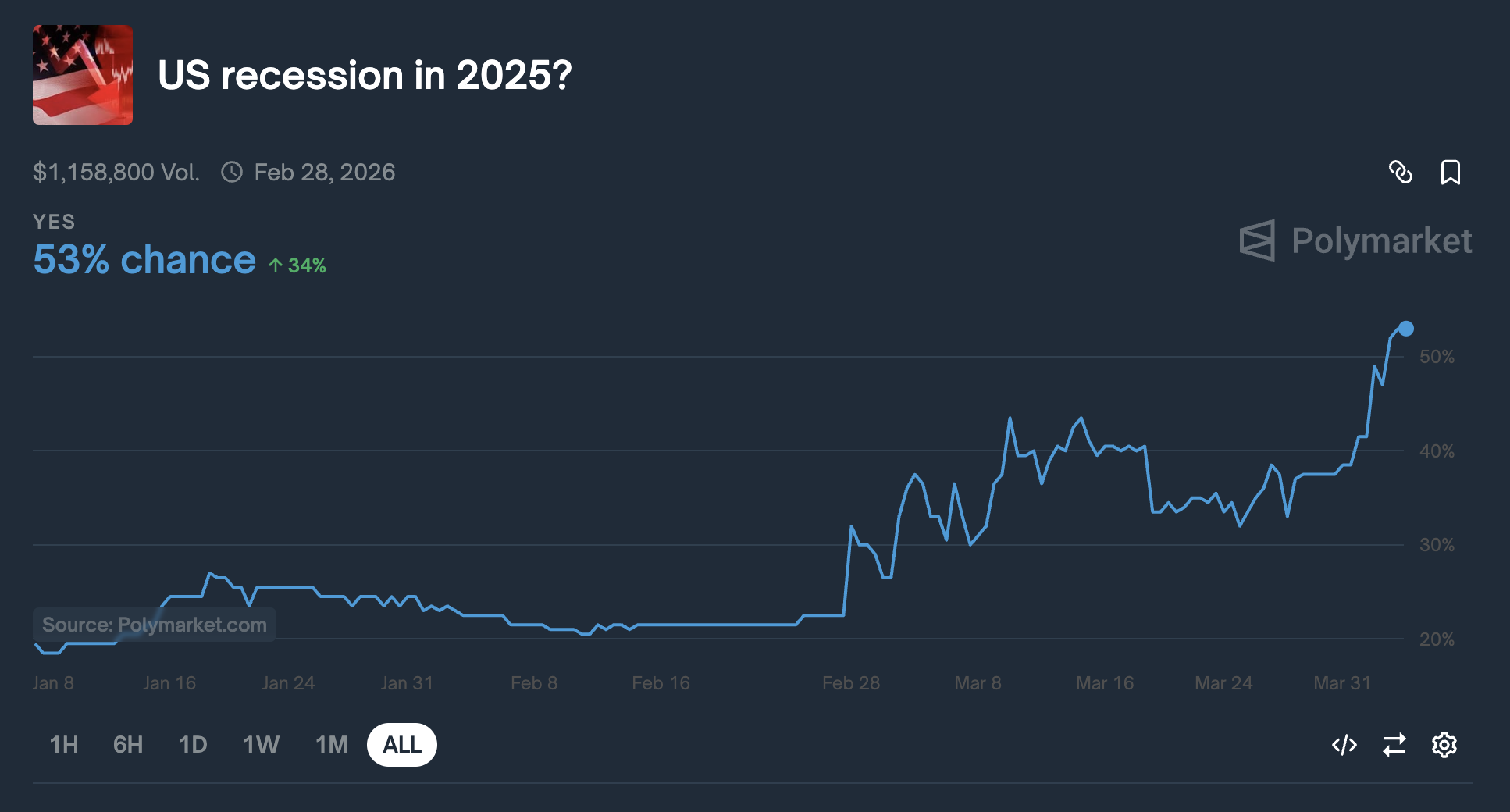
Chances of a US Recession in 2025 jumped above 50% for the first time, currently at 53%.
Byte-Sized Alpha
– Major ETF issuers are buying Bitcoin, with $220 million in inflows showing strong confidence despite volatility.
– Futures show bullish BTC sentiment, but options traders remain cautious, signaling mixed market outlook.
– Coinbase is launching XRP futures after Illinois lawsuit relief, signaling growing regulatory support for crypto.
– Despite Trump’s tariff-driven crash, analysts see potential for a Bitcoin rebound—though inflation may cap gains.
– The Anti-CBDC bill passed a key House vote, aiming to block Fed-issued digital currencies and protect privacy.
– Today at 11:25 AM, Fed Chair Jerome Powell will deliver a speech on the U.S. economic outlook.
Disclaimer
In line with the Trust Project guidelines, this price analysis article is for informational purposes only and should not be considered financial or investment advice. BeInCrypto is committed to accurate, unbiased reporting, but market conditions are subject to change without notice. Always conduct your own research and consult with a professional before making any financial decisions. Please note that our Terms and Conditions, Privacy Policy, and Disclaimers have been updated.
-

 Market23 hours ago
Market23 hours agoBinance Managed 94% of All Crypto Airdrops and Staking Rewards
-
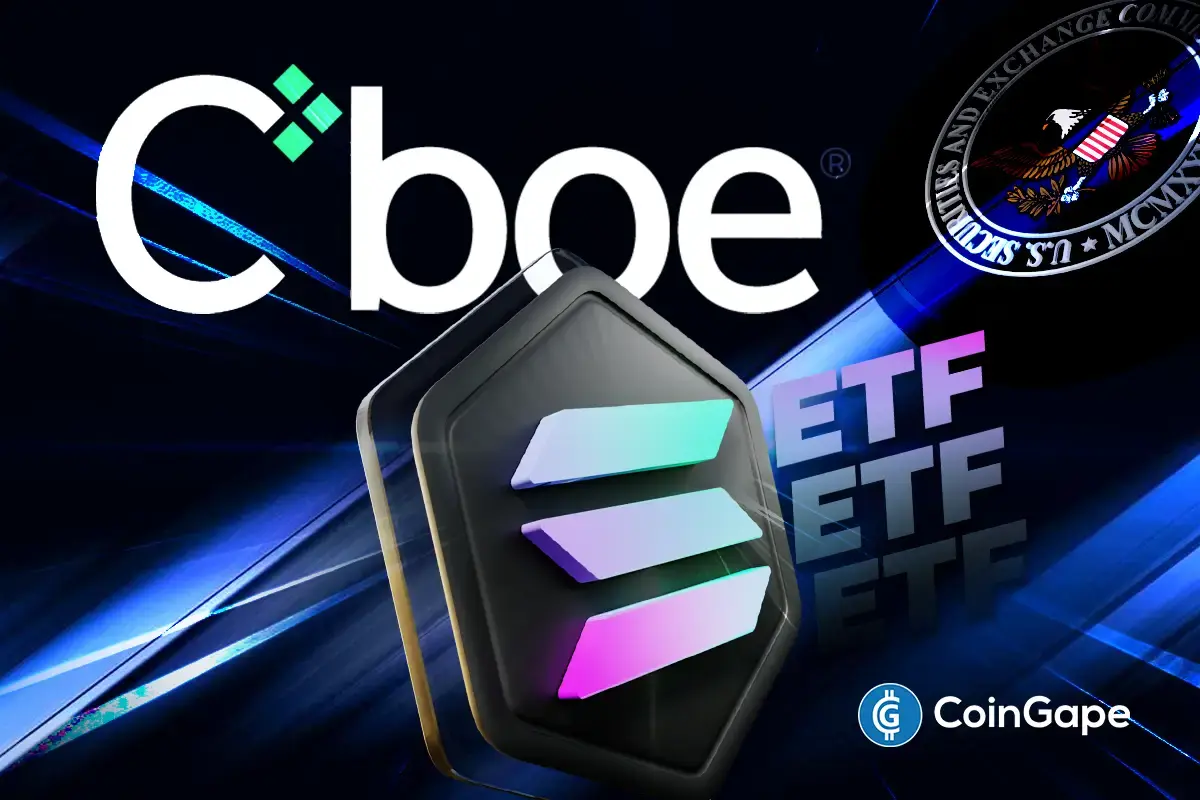
 Regulation22 hours ago
Regulation22 hours agoUS SEC Acknowledges Fidelity’s Filing for Solana ETF
-

 Market20 hours ago
Market20 hours agoWormhole (W) Jumps 10%—But Is a Pullback Coming?
-
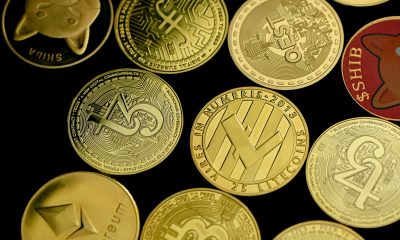
 Altcoin20 hours ago
Altcoin20 hours agoAltcoin Season Still In Sight Even As Ethereum Struggles To Gain Upward Momentum
-

 Market24 hours ago
Market24 hours agoPi Network Price Falls To Record New Low Amid Weak Inflows
-

 Market21 hours ago
Market21 hours agoRipple Shifts $1B in XRP Amid Growing Bearish Pressure
-

 Market22 hours ago
Market22 hours agoXRP Battle Between Bulls And Bears Hinges On $1.97 – What To Expect
-

 Market19 hours ago
Market19 hours agoBinance’s CZ is Helping Kyrgyzstan Become A Crypto Hub





